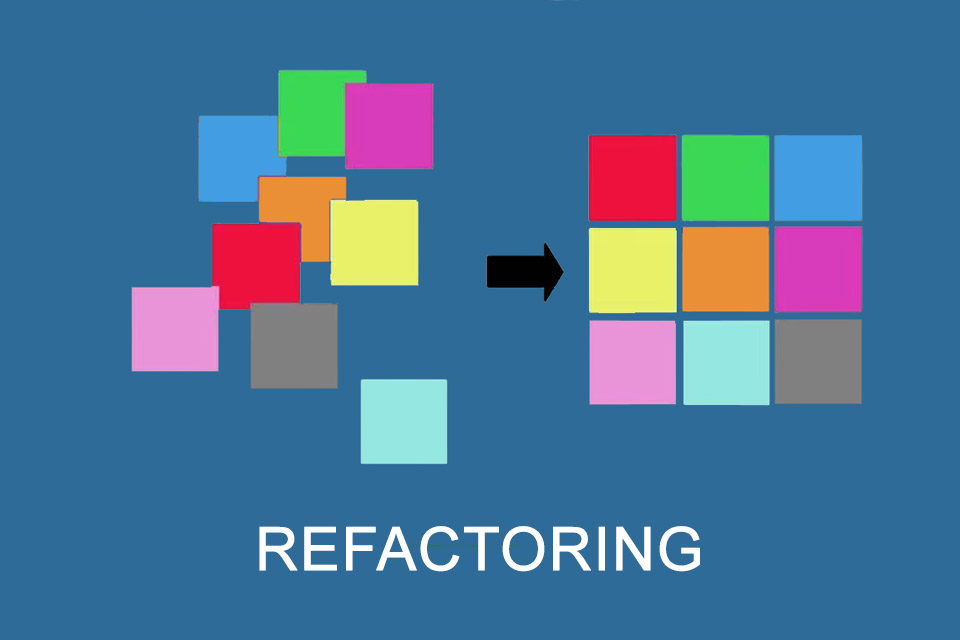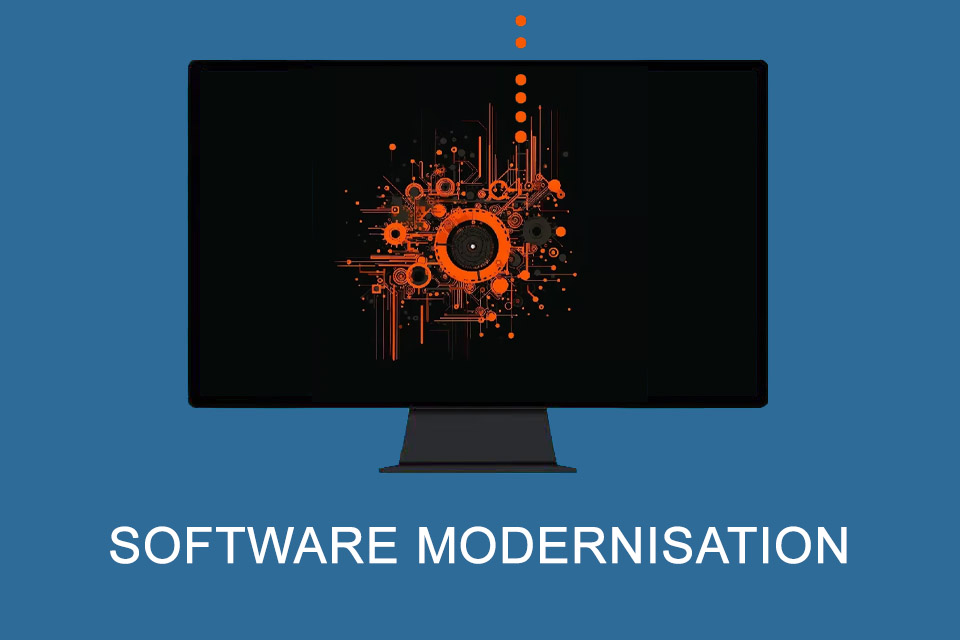What is Software Refurbishment?
Software refurbishment – the qualitative overhaul of software
You are working on software that has been running reliably for years. But suddenly performance problems occur, security gaps are discovered and maintenance becomes increasingly time-consuming. Welcome to the world of software refurbishment – an important activity to ensure that existing applications can continue to be used in the future.
Software refactoring refers to the practice of overhauling software with the aim of improving quality, performance, maintainability and security. Refactoring, bug fixing and modernisation are the methods of choice.
Reasons for software refurbishment
There are a number of reasons or scenarios in which software refurbishment becomes necessary. Here are some examples:
- If the software is based on outdated technologies or frameworks that are no longer supported or further developed, a refurbishment may be necessary. This often concerns programming languages, databases or libraries that need to be replaced by more modern alternatives.
- If the software suffers from performance issues such as slow execution, high resource utilisation or scaling problems, a refurbishment can help to improve efficiency and speed. This can be done through optimisation of the code, database tuning or implementation of caching mechanisms.
- If the software code is poorly structured, confusing or poorly documented, maintenance and further development can be very time-consuming and error-prone. Software refurbishment, which includes code refactoring and clean code principles or also addresses the improvement of documentation, can increase maintainability.
- If the software has security vulnerabilities that can potentially be exploited, remediation is necessary to close these gaps and increase security. This can include implementing security updates, introducing encryption techniques and improving user authentication.
- If business requirements change and the existing software is no longer able to fulfil these requirements, remediation may be necessary. This may involve introducing new functionality, adapting the software to new business processes or integrating it with other systems.
Software refurbishment in these scenarios can bring the software back up to date, extending its life and increasing its performance.
Differences between software refurbishment, software modernisation and refactoring
The term software refurbishment is not very common. On the one hand, this could be because it is still relatively new and may need more time to become established. On the other hand, it could also be that the term has a negative connotation – fixing problems or eliminating weaknesses – while other terms, such as software modernisation, sound much more positive.
The terms software refurbishment and software modernisation in particular are also used interchangeably, which is not surprising in itself, as both aim to improve and update software, but focus on different aspects:
Refurbishment focuses primarily on fixing existing problems and improving software quality with the aim of increasing the stability, reliability and maintainability of the software. This can be achieved, for example, by refactoring to make the code cleaner and more maintainable, or by bug fixing to eliminate errors. Improving test coverage, closing security gaps or improving documentation are also typical activities within the scope of software refurbishment.
Modernisation aims to bring the software up to the latest state of the art and expand its capabilities. Typical measures include updating or replacing outdated technologies and platforms, introducing new functionalities, migrating to modern architectures – e.g. from monolithic to microservice-based architectures – or integrating with new systems and technologies.
From this reasoning, it follows that modernisation is part of refurbishment, as is refactoring, which focuses specifically on improving the internal structure of the code without changing the external behavior of the software.¹
Is software refurbishment a process or a situational activity?
Just as you don’t continually overhaul a bathroom, you don’t continually refurbish software. You probably maintain the software, as a manufacturer you usually develop updates, as a user you ideally use them. If a refurbishment scenario arises, it is therefore a situational activity.
However, the work is made up of a whole series of activities, such as the aforementioned refactoring, bug fixing or software modernisation. These activities in turn consist of many steps, different procedures and a wide variety of tools and aids. From this perspective, software refurbishment is also a process. As software almost inevitably becomes obsolete – in addition to the reasons and scenarios mentioned above, user expectations also change over time – sooner or later there will probably be a need for refurbishment, even if the continuous maintenance of the software postpones this need.
Impulse to discuss
How do you find the balance between the need to modernise old software and minimising risks and costs?
Notes:
If you like the article or would like to discuss it, please feel free to share it in your network. And if you have any comments, please do not hesitate to send us a message.
[1] However, depending on your point of view, you could also say that refurbishment is the first step towards modernisation. And this argument would also be coherent in itself; it is therefore important that there is a common understanding of the terms within an organisation, if they are used at all.
Here you can find SoftwerkerCast – ein IT-Podcast von Techies für Techies (in German).
And here you will find additional information from our Smartpedia section:



